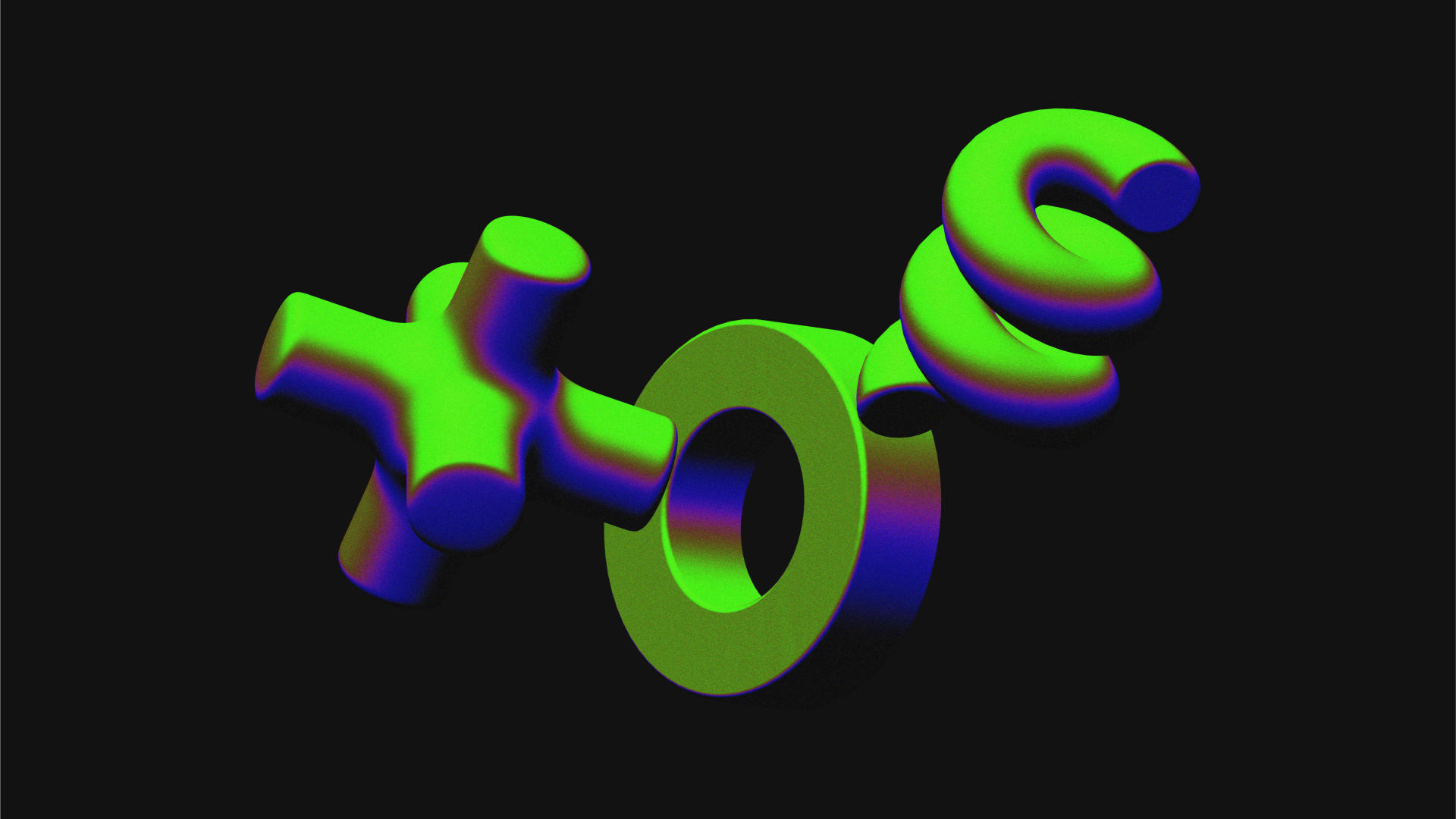From April 3rd to 5th, the grand halls of Manhattan’s Javits Center echoed with the creative innovation emanating from NFT.NYC 2024. The third annual event attracted a courteous crowd of artists, writers, filmmakers, technologists, and visibly less VCs than in previous years. Amidst the current bull market, this year’s event focused on the first principles of NFTs and how this nascent technology continues to allure and empower creators from all disciplines and walks of life.
With a nearly two-year bear market behind us - wherein 2022 NFTs were dubbed "the gateway drug to crypto" with a $21 billion dollar market cap before they crashed to speculations of worthlessness - it appears in this 2024 bull run, the NFT industry is determined to make a conscientious comeback.
Here are five takeaways after attending NFT.NYC as an NFT artist myself.
Avoid developing a creative dependency on AI as an NFT artist
AI was a resounding theme across the various presentations and panels at the event with a clear message for NFT creators: AI is here to stay so if you’re going to use it — you better be conscious of why and how.
Many artists openly shared how they’ve integrated AI tools into their creative process and how much more productive its helped them become. Yet as excited as creators and digital artists were about AI, they were equally cautious; reminding artists to be vigilant of not developing a creative dependency on artificial intelligence.
While AI can be a powerful tool and co-creator, the essence of art lies in the nuances of human emotion and experience; something AI cannot fully grasp or express. NFT artists encouraged one another to leverage AI as an aid, but not let it overshadow their unique voice since the value of all art lies in its ability to reflect the authenticity of the person behind it.
The end game is for NFT technology to be abstracted away
Another theme which surfaced again and again was that as web3 builders, the end game we're building for is one where the underlying technology is abstracted away, while acknowledging the industry is not there yet. This means building NFT software and platforms that enable frictionless user-experiences for any type of end-user: creators, collectors, and beyond.
The future of NFTs is not just about the tokens themselves but the smart contracts that underpins them. NFT adoption will depend on a seamless integration into digital platforms, where the complexity of blockchains is abstracted away, ensuring seamless UX that allows users to focus less on the underlying tech and more on what they're using it for. This evolution will make NFTs more accessible to a broader audience, further democratizing the creation and ownership of digital assets.
NFTs as certificates of ownership continue to gain traction
While there were many digital artists in attendance, I was delighted to see significant representation of traditional artists from all disciplines: filmmakers, painters, photographers, and musicians. And that these artists are using NFTs not as the product, but the medium by which they sell and provide ownership of it to their collectors and clients.
One of the most powerful aspects of NFTs is their ability to serve as proof-of-ownership of a physical asset. This functionality extends beyond the digital art and collectibles themselves. NFTs can authenticate ownership of physical assets, making them as valuable for their proof-of-ownership capabilities.
What was most inspiring was hearing the personal stories of artists who are already benefiting financially from the proof-of-ownership use case; bypassing legacy systems where intermediaries take a cut of their earnings in the form of commissions and even royalties.
Identity can be imbued into NFTs making digital identity ownership possible
Shifting away from artistry, identity was another hot topic. The concept of digital identity and ownership of our digital selves is becoming increasingly vital as the rise of generative content by AI like deepfakes makes using anyone’s identity on the web easier than ever.
This is a major shortcoming of the web2 model, where protocols were never been built to allow users ownership and protection of their identities – a problem web3 intends to solve.
NFTs offer a unique solution by allowing identity to be imbued into the token. This innovation paves the way for individuals to have sovereign control over their digital identities, making ownership of our digital selves possible.
The sentiment from the event was that through NFTs, we can envision a future where our online presence is as tangible and ownable as our physical possessions.
NFTs as carbon credits has the potential to advance climate change innovation
Another important non-creative industries trend was climate science. One of the most promising applications discussed at the event was the use of NFTs as carbon credits. Companies like Toucan, Moss, and DevvStream are already pioneering this use case and gaining traction, making a once historically challenging material to commoditize possible with blockchains and NFTs.
This approach not only contributes to the global effort against climate change but also showcases the versatility of NFTs in addressing real-world issues. By aligning NFTs with sustainability goals, the NFT space is proving that blockchain innovation can go hand-in-hand with environmental responsibility.
The future of NFTs is ours to shape
As we explore the depths of what's possible, it's clear that NFTs hold the potential to redefine our digital interactions and that in this bull run, the NFT ecosystem is prepared to do so more intentionally than the previous cycle.
From empowering artists to maintain their creative property, to enabling true digital ownership and contributing to sustainability, NFTs are more than just a trend. They are a glimpse into a future where digital and physical realities intersect, offering endless possibilities for creators, collectors, and innovators alike.
To help shape the next wave of NFT innovation focused on frictionless and rewarding experiences, sign up as a Beta tester for Phosphor, the new NFT platform by Consensys.
